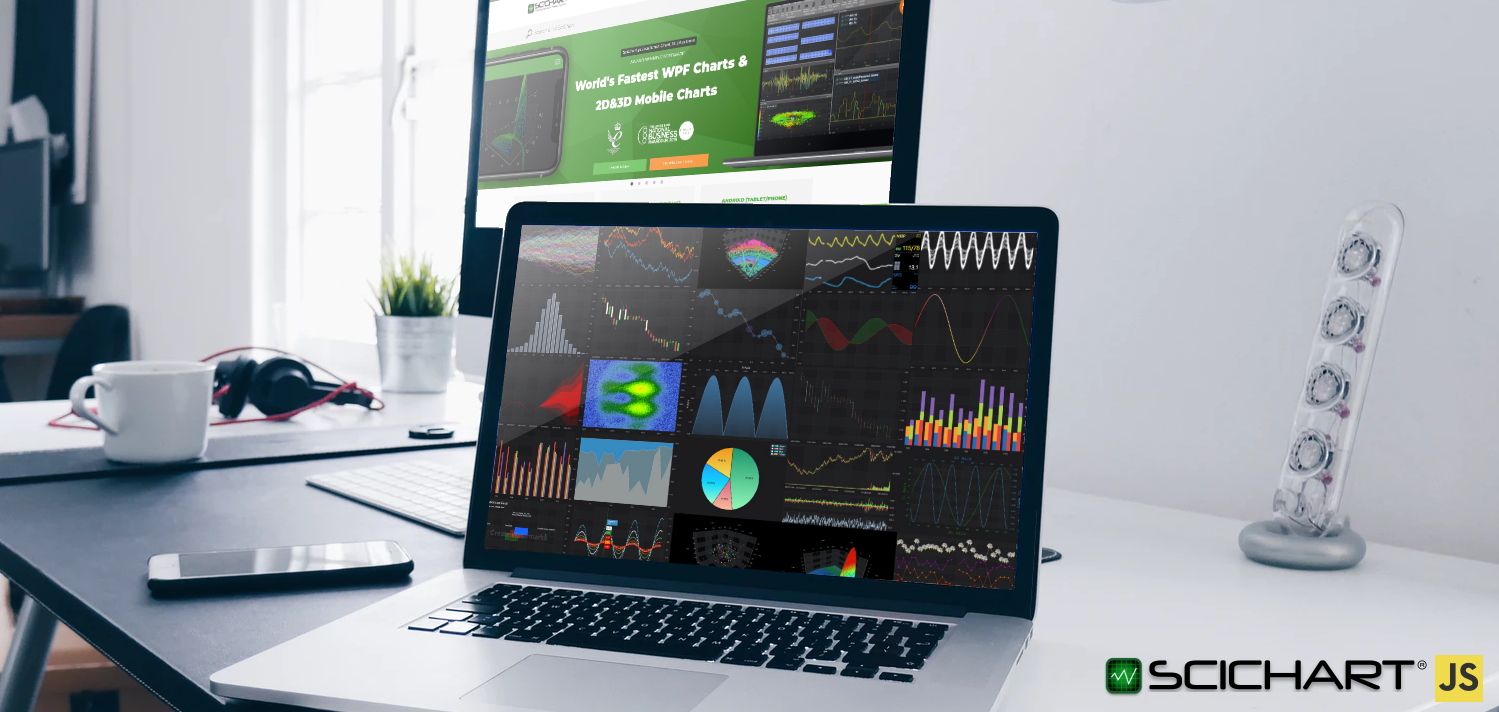Understanding the Challenges
Before diving into solutions for JavaScript charts speed improvements, it’s crucial to grasp the challenges inherent in rendering JavaScript charts. At the core, these challenges stem from processing and displaying large datasets, intricate visualizations, and ensuring compatibility across various devices and browsers. Each of these factors can significantly impact the rendering speed and overall performance of JavaScript charts.
Large Datasets: As datasets grow in size, the amount of processing required to visualize the data increases. This can lead to slower chart rendering times, negatively affecting user experience.
Complex Visualizations: Advanced charting features, such as animations, dynamic updates, and interactive elements, add computational overhead. While these features enhance user engagement, they demand optimized coding practices to prevent performance bottlenecks.
Cross-Platform Compatibility: Ensuring that JavaScript charts render consistently and performantly across different devices and browsers adds another layer of complexity. The variability in device capabilities and browser processing engines can result in inconsistent performance outcomes.
Strategies for Performance Enhancement
Tackling the performance challenges of JavaScript chart rendering requires a multifaceted approach. By implementing the following strategies, developers can significantly improve chart performance, delivering faster and more responsive data visualizations.
Data Optimization
Data Minimization: Before rendering, assess whether all data points are necessary for the visualization. Removing extraneous data can drastically reduce processing time.
Data Aggregation: For large datasets, consider aggregating data points. Displaying averages or summaries instead of individual records can maintain the integrity of the visualization while enhancing performance.
Lazy Loading: Implement lazy loading techniques to load data on demand. This approach is particularly effective for charts that visualize data over time, such as time series charts.
Optimized Charting Libraries and Tools
Choose Performance-Oriented Libraries: Select charting libraries optimized for performance. Libraries like Chart.js, Highcharts, and D3.js offer various levels of customization and performance optimizations.
Use Web Workers: Put data processing in the hands of Web Workers. This allows chart computations to run in the background, preventing them from blocking the main thread and ensuring smoother UI interactions.
Efficient Rendering Techniques
Canvas vs. SVG: Choose the right rendering method based on your needs. Canvas is faster for rendering large numbers of objects, while SVG provides better scalability and interactivity for smaller datasets.
Request Animation Frame: Utilize the requestAnimationFrame method for animations and updates. This ensures that chart updates align with the browser’s refresh rate, reducing the likelihood of dropped frames.
Code Optimization
Minimize DOM Interactions: Direct interactions with the Document Object Model (DOM) are costly. Minimize DOM manipulation by updating in batches or using virtual DOM techniques where possible.
Simplify Chart Configurations: Avoid overly complex configurations. Stick to essential chart features and disable unnecessary animations or effects that can slow down rendering.
Testing and Monitoring
Performance Testing: Regularly test chart performance using tools like Google Lighthouse or WebPageTest. You can find bottlenecks and improvement spots with the help of these tools.
Real-time Monitoring: Implement real-time performance monitoring to track how charts perform in the wild. Tools like New Relic or Datadog can provide insights into how real users experience chart loading times.
Advanced Optimization Techniques
Progressive Rendering: For extremely large datasets, consider implementing progressive rendering. This technique involves rendering portions of the data incrementally, allowing users to start interacting with the chart before the entire dataset is processed. Progressive rendering can significantly improve perceived performance and user satisfaction.
WebAssembly (Wasm): For computationally intensive chart operations, leveraging WebAssembly can provide a significant performance boost. By compiling critical code paths to WebAssembly, you can execute these operations closer to native speed, reducing processing times for complex visualizations.
GPU Acceleration: Utilizing the GPU for rendering can offload the heavy lifting from the CPU, resulting in faster rendering times. Libraries that support WebGL for rendering can tap into this power for more intensive graphical operations, making them ideal for high-performance charts.
Debouncing and Throttling: Interactive charts often involve operations that can trigger numerous updates in quick succession, such as zooming or filtering. Implementing debouncing or throttling for these events can limit the number of updates, reducing unnecessary processing and improving responsiveness.
Customizing Library Components: While charting libraries offer convenience, their generic components may not be optimized for your specific use case. Customizing or building lightweight versions of these components can significantly reduce overhead and enhance performance.

Case Studies: Real-World Success Stories
To illustrate the impact of these optimization strategies, let’s examine a couple of real-world case studies:
Financial Dashboard Optimization: A leading financial analytics platform faced challenges with their dashboard’s performance, particularly with rendering complex candlestick charts for real-time market data. By switching to a Canvas-based rendering approach and implementing Web Workers for data processing, they achieved a 50% reduction in rendering times, enhancing the user experience for their high-stakes audience.
Interactive Data Exploration Tool: A data science tool designed for interactive exploration of large datasets initially struggled with slow chart updates. The development team employed progressive rendering and GPU acceleration for their scatter plots and heatmaps. As a result, they managed to improve rendering speed by over 60%, making data exploration seamless for users.
Implementing Your Optimization Strategy
When embarking on your journey to optimize JavaScript chart rendering performance, consider the following steps:
Benchmark Current Performance: Establish a baseline by measuring current performance metrics. This will help you quantify the impact of your optimizations.
Prioritize Optimizations: Not all optimizations will offer the same level of impact. Focus on the changes that will provide the most significant performance improvements first.
Iterate and Test: Optimization is an iterative process. Implement changes incrementally and test their impact to ensure that each modification leads to a tangible performance gain.
Monitor and Adapt: User conditions and technologies evolve. Continuously monitor your charts’ performance and be ready to adapt your strategies as new optimization techniques emerge.
Conclusion
Enhancing JavaScript chart rendering performance is a multifaceted challenge that requires a deep understanding of both the technical aspects and the user experience. The real-world case studies underscore the potential of these optimizations to transform user experiences. In the end, the goal remains clear: to deliver fast, efficient, and engaging data visualizations that empower users to make informed decisions.

